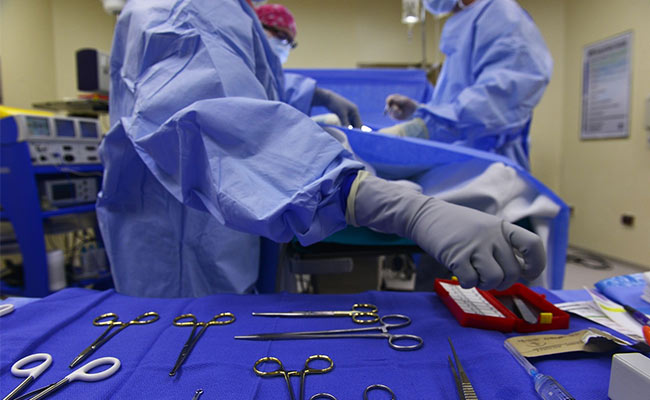
[ad_1]

Guidelines come amid reports of people being turned back or made to wait for a long time at hospitals.
New Delhi:
Amid reports of people being turned back or made to wait for a long time at hospitals, the Delhi government on Thursday issued a new standard operating procedure or SOP for treating coronavirus patients.
According to the rules, COVID-19 patients shall be brought to the triage area from the ambulance without asking for any details. This process must be completed in 15 minutes. Doctors on call must attend to the patient within an hour. Food and water should be available in the waiting area as well.
If beds are not available at the hospital, then it will be entirely the responsibility of the hospital to transfer the patient to another one and till then the hospital will provide medical care to the patient, the new rules say.
The rules also spell out steps for patients who fall in the moderate to asymptomatic categories, detailing how they should be quarantined and discharged.
The hospital authorities should maintain a dedicated, round-the-clock helpline for complaints from patients on treatment or quality of food and other facilities, it said.
The rules came on a day when the central government expressed concern about the COVID-19 situation in Delhi as the capital recorded 1,359 fresh coronavirus cases, which took the city’s tally past the 25,000-mark, and the number of deaths to 650.
A day ago, Delhi had recorded the highest single-day spike of 1,513 cases.
Union Health Minister Harsh Vardhan on Thursday said the rising number of COVID cases, a high positivity rate and low testing levels in parts of the national capital was worrisome.
Chairing an online meeting to review the Delhi’s situation, he stressed on the need for ramping up testing, coupled with aggressive surveillance, contact tracing and stringent containment and perimeter control measures.
Delhi’s Deputy Chief Minister Manish Sisodia said his government’s entire focus is on saving lives and ensuring adequate facilities for COVID-19 patients who need hospital care.
In another order on Thursday, the Delhi government said 56 private facilities were directed to reserve a proportionate number of beds for COVID-19 patients and others for economically weaker sections.
[ad_2]
Source link